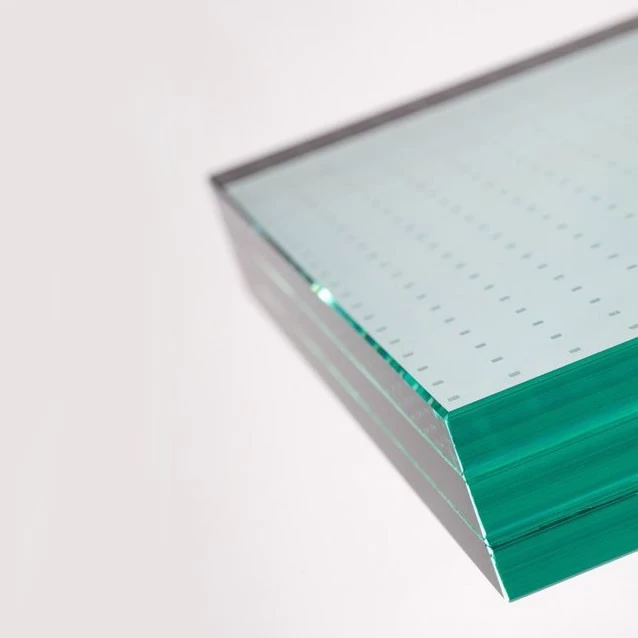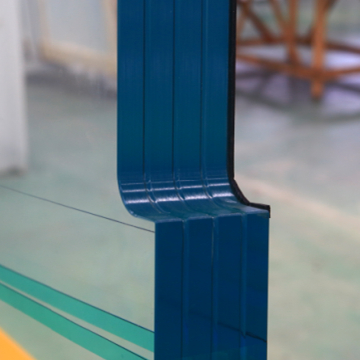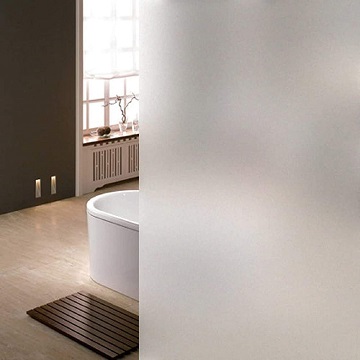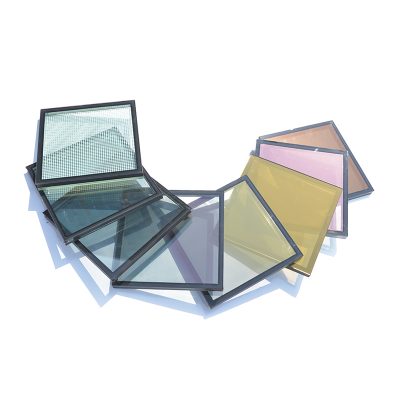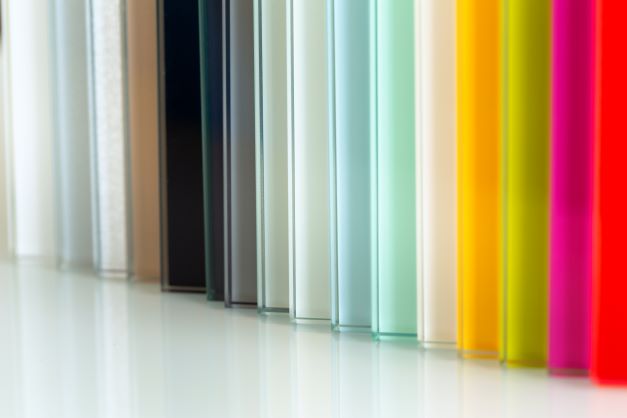In construction, cladding refers to the application of one material over another.
Glass Cladding
In construction, glass cladding is used to provide thermal insulation and a degree of weather resistance to improve the appearance of buildings.
Nowadays, glass claddings work is preferably adopted in building construction, as it meets various functional requirements of the building such as lighting, heat retention with visual effects construction. It can be used for interior and exterior applications.
There are a variety of different types of cladding that use materials ranging from wood, metal, natural stone, plastic and glass.
Exterior glass cladding (glass cladding wall) is needed to:
· Protect the building from external conditions
· Provide privacy and security
· Prevent the transmission of sound
· Provide thermal insulation
· Create an external facade
· Prevent the spread of fire
· Providing openings for access, daylight and ventilation
Of all of the available cladding materials, glass cladding is considered the most versatile from a design perspective. Architects and designers choose glass cladding for providing a modern look while ensuring eco-friendly construction. From interesting colors to limitless shapes and dimensions, glass cladding offers a unique look to building design.
Glass Cladding Types
1.Tempered Safety Glass:
These tempered safety glass are plain or colored tempered safety glass commonly used for claddings. In this type, glass is easy to clean and maintain, the tempered glass used for claddings provides resistance to pressure, temperature variation and impact load.
2.Vitrified Glass:
This vitrified glass cladding is more stable and it is available in a wider range of colours, varieties, shades and range. It has abrasion resistance, enhanced solar control performance, spandrel panels are included in virtually any pattern that can be screen-printed.
There are two main types of glass cladding: curtain walling and rainscreen cladding.
Typically curtain walling systems are comprised of a lightweight aluminum frame onto which glazed or opaque infill panels can be fixed. This framed wall prevents any weather from penetrating through to the building.
Rainscreen cladding has been around in various iterations for centuries. The version we use today was actually developed in Scandinavia during the 1940s. The name comes from its function—rainscreen cladding prevents significant amounts of water from penetrating into the wall construction. Rainscreen cladding is part of a double-wall construction that can be used to form the exterior walls of buildings. Open joints between the panels allow a circulating air layer to be formed between the hung panels and the thermal insulation, which is mounted directly on to a building structure.
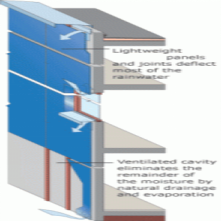
In a glass rainscreen cladding system, the outer leaf panels can be made of laminated glass or tempered glass. Both types offer safety features and superior strength, so the decision between each type of glass depends on the specific application. For example, tempered glass is typically used for large glass installations because it has the ability to bend without breaking, thus increasing its wind resistance.
The primary difference between the two types of glass cladding is that curtain walling is usually the whole building envelope, which is the physical separator between the conditioned and unconditioned environment of a building. Rainscreen cladding is just the outer protective layer of the envelope.
Advantages of glass cladding:
l The use of glass in construction work adds beauty to the building.
l Its use complements the architectural scene for exterior decoration and beauty.
l The use of glass in the interior of the building saves space inside the building.
l Glass claddings in the building meet the functional requirement of lighting, heat retention, and energy saving.
l Glass is an excellent material for thermal insulation, waterproofing, and energy conservation.
l Glass is a bad conductor of heat, so it saves energy in the air conditioning of the building.
l The use of glass claddings reveals a feeling of openness and harmony.
l Transparent glass can cause damage due to the use of glass in transparent ladders, colored shelves, ceilings, etc.
Disadvantages of glass cladding:
l It is very expensive and can increase the cost of construction work.
l The use of glass also increases the cost of protection.
l Maintenance costs may be higher in hilly areas and deserts.
l It is also vulnerable to earthquake-proven areas.
l While there are advantages and disadvantages to either type of cladding, the ultimate decision between the two will largely depend on the specific design requirements of the building as well as climate.
The Related Glass Supplier In China:
Wallkingdon Glass is a leading glass supplier in China for architectural and interior glass and offers a variety of tempered and laminated glass products to satisfy a wide range of applications.
If you have any question for any type of glass , pls kindly contact us via enquiry@wallkingdonglass.com


